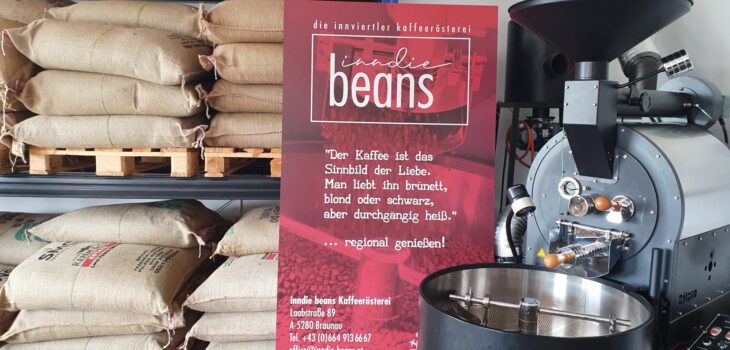 5 questions to...
5 questions to...
Inndie Beans…
…a young roasting company run by Gerhard Kasinger and Peter Weiser, two self-confessed coffeeheads from Braunau a. Inn in Austria.
The company was founded in 2020 and has since become a reliable source when it comes to specialty coffee. Some of the coffees are now even certified organic.
Reason enough to take a closer look at the guys.
Peter, how did you get the idea to start your own roastery?
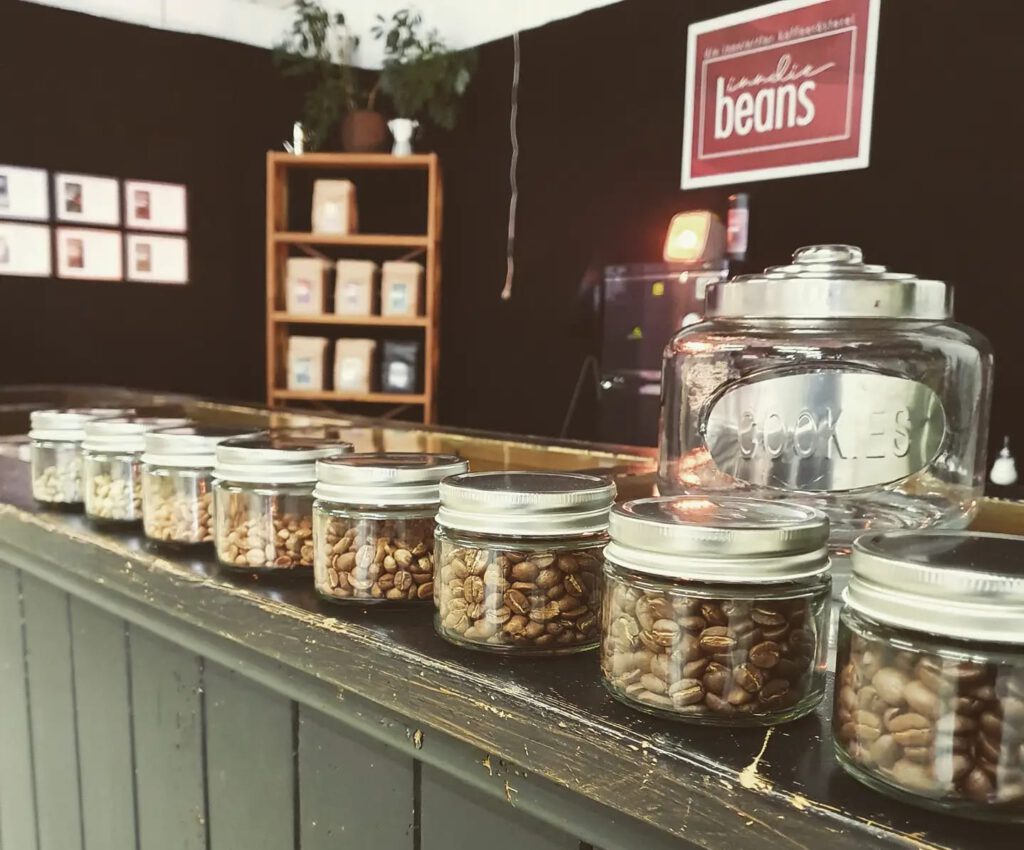
“At that time, I had already been roasting coffee for myself and my private environment for about 17 years with a small sample roaster. As demand was constantly increasing, I considered buying a larger sample roaster. But my plan at back then was that roasting coffee should remain a hobby. Together with Gerhard, I came up with the idea of buying a larger production roaster to use commercially. After a few months of research, we found and bought the right machine. A first field test took place at a Christmas market in 2019, where we wanted to see how much interest there was among the general public in artisan-roasted speciality coffee. – Since the positive response was enormous, we knew we were on the right track.”
How do you go about selecting green coffee and what factors play a role?
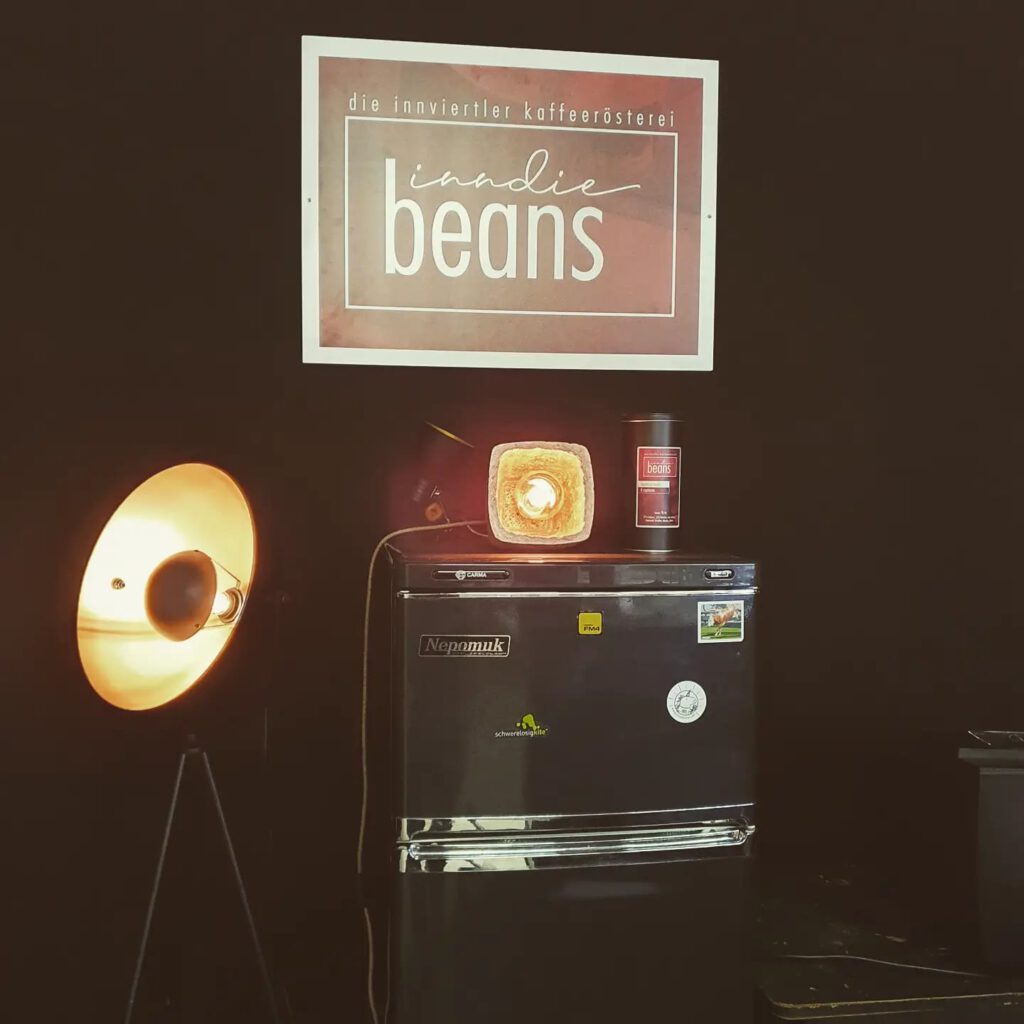
“Basically, there are typical flavours and aromas for each coffee region – similar to wine – which are brought by beans grown in the respective area. The altitude other factors such as sunlight, determine whether a coffee grows slowly or quickly. The more time coffee has to grow, the more aromatic substances are later stored in the bean. First of all, we think about how the end result should be and for which brewing method the coffee should be suitable. After that we select the respective coffee varieties accordingly. Depending on the desired characteristics of the end product, we use single-origins or blends – in other words, mixtures of coffees.”
Put simply, roasting coffee is nothing more than combining green coffee with heat and movement. But what are the influencing factors and how do they affect the final result?
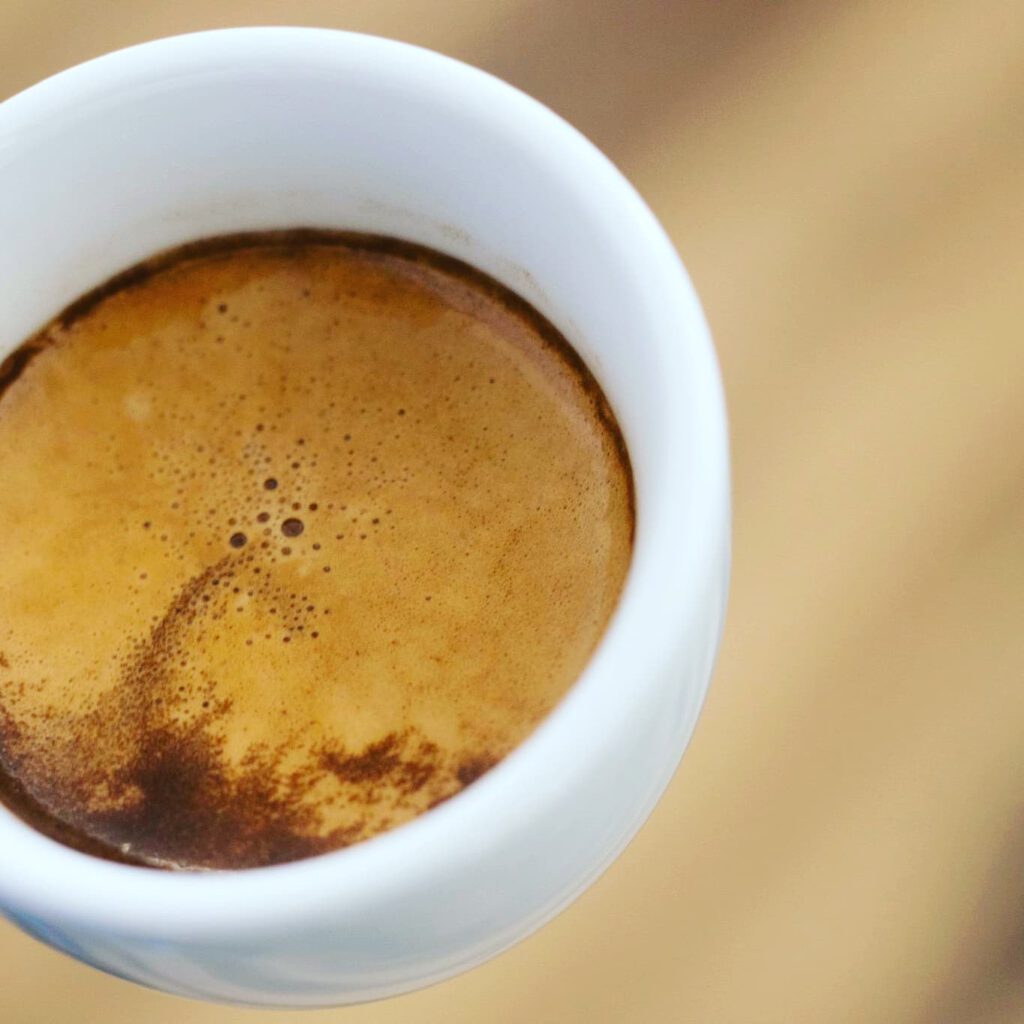
“There are many parameters which, in combination, can result in a good roast. However, these are different for each coffee variety and also depend on the way the cherries have been processed. The properties of each bean also change from harvest to harvest.
Roasting parameters need to be constantly adapted to this. These include for example, the temperature and the temperature curve, the duration of the roast, the roasting curve, speed of the roasting drum, ROR (Rate Of Rise) – meaning the speed of the temperature rise during roasting and some to name a few.”
What do you consider a successful roasting process?
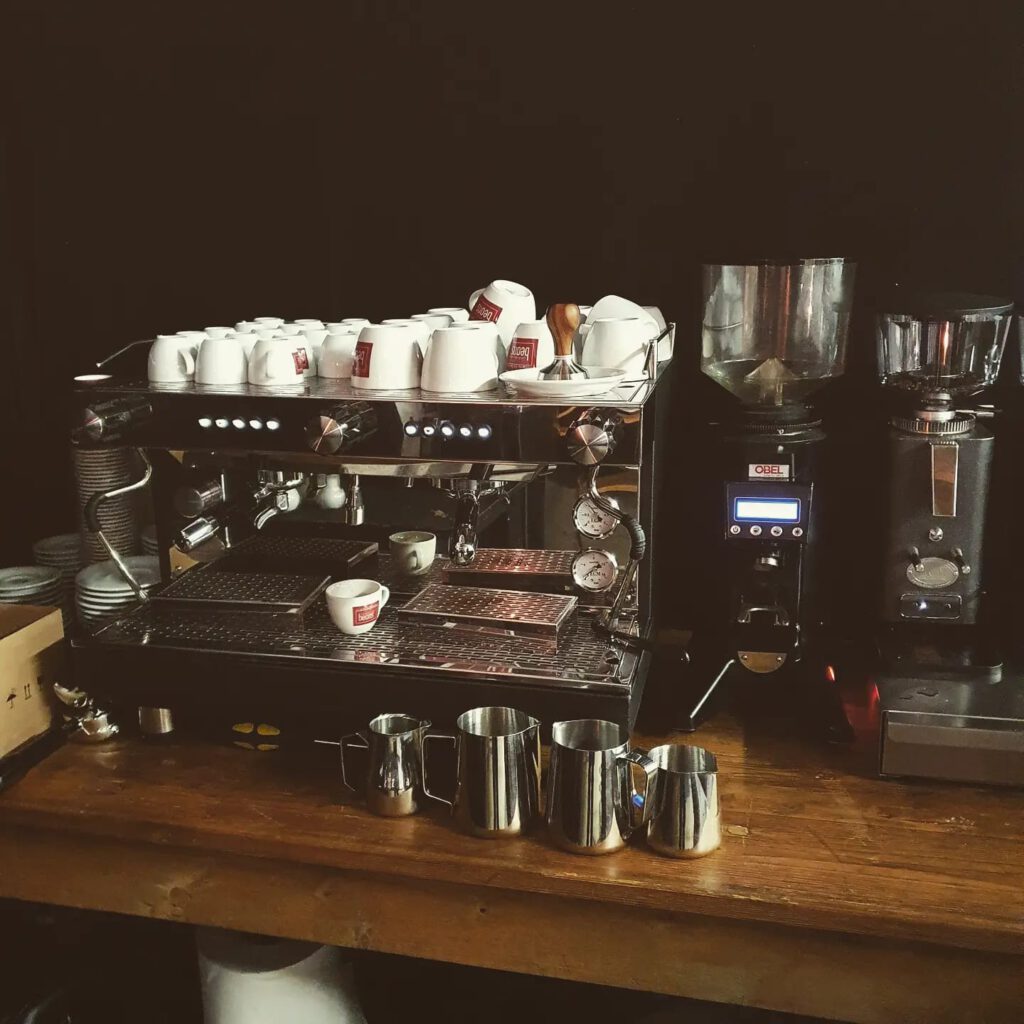
“Every coffee is tested in a cupping about 24 hours after being roasted. This allows us to constantly control and ensure the quality of our products. For us, a roast is successful if the taste in the cup is balanced, in other words, the individual aromas stored in the coffee bean and the desired roast flavours are precisely recognisable after brewing.”
What about your favourite type of coffee?
(What is it called, where does it grow, what are the characteristics)
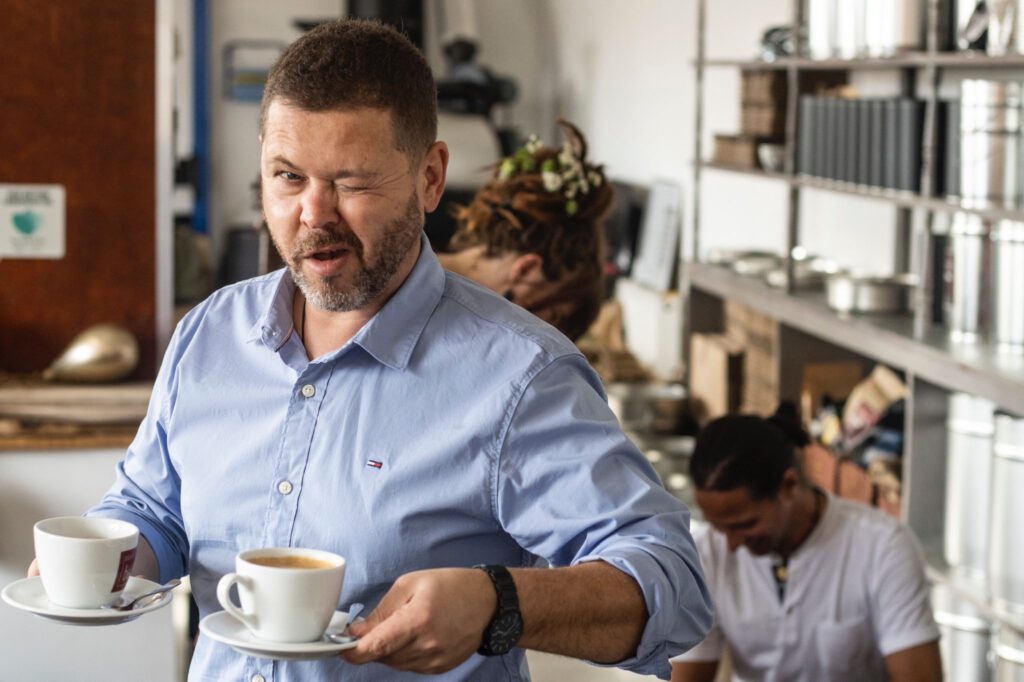
“Our current favourite bean comes from Papua New Guinea, where coffee cultivation began about 100 years ago. The Arabica coffee grows there at about 1500 metres. We use the rare pearl beans, which are very popular because of their fine taste. The variety has light citrus notes with fruity aromas and an impressive body. Therefore, depending on the roast, this bean is just as suitable for espresso as for cold brew or filter coffee.”
I hope you enjoyed this interview with Gerhard and Peter from Inndie Beans. Feel free to let me know in the comments who you would like to read more about here in the future.
By the way, you can also visit Inndie Beans online HERE.
Until next time you may also wanna check out my review on the AeroPress Go.